A silent bird that can barely make a sound. The ancient Egyptian has known ibis since the dynastic period, and placed it in the most prominent place for a single bird. Not only it was depicted on the walls of ancient Egyptian's temples, but also it was linked to the god Thoth, and archaeologists still discover ibis mummies in pharaoh's tombs.
Pharaonic ibis is a seabird that was venerated by the ancient Egyptians. Thousands of mummified ibises, which date back to the 7th century BC, were found in the necropolis of Tuna el-Gebel, Al-minya governorate. The mummies had been found wrapped in linen rolls, the same way human mummies were wrapped, and put inside coffins of stone or pottery.
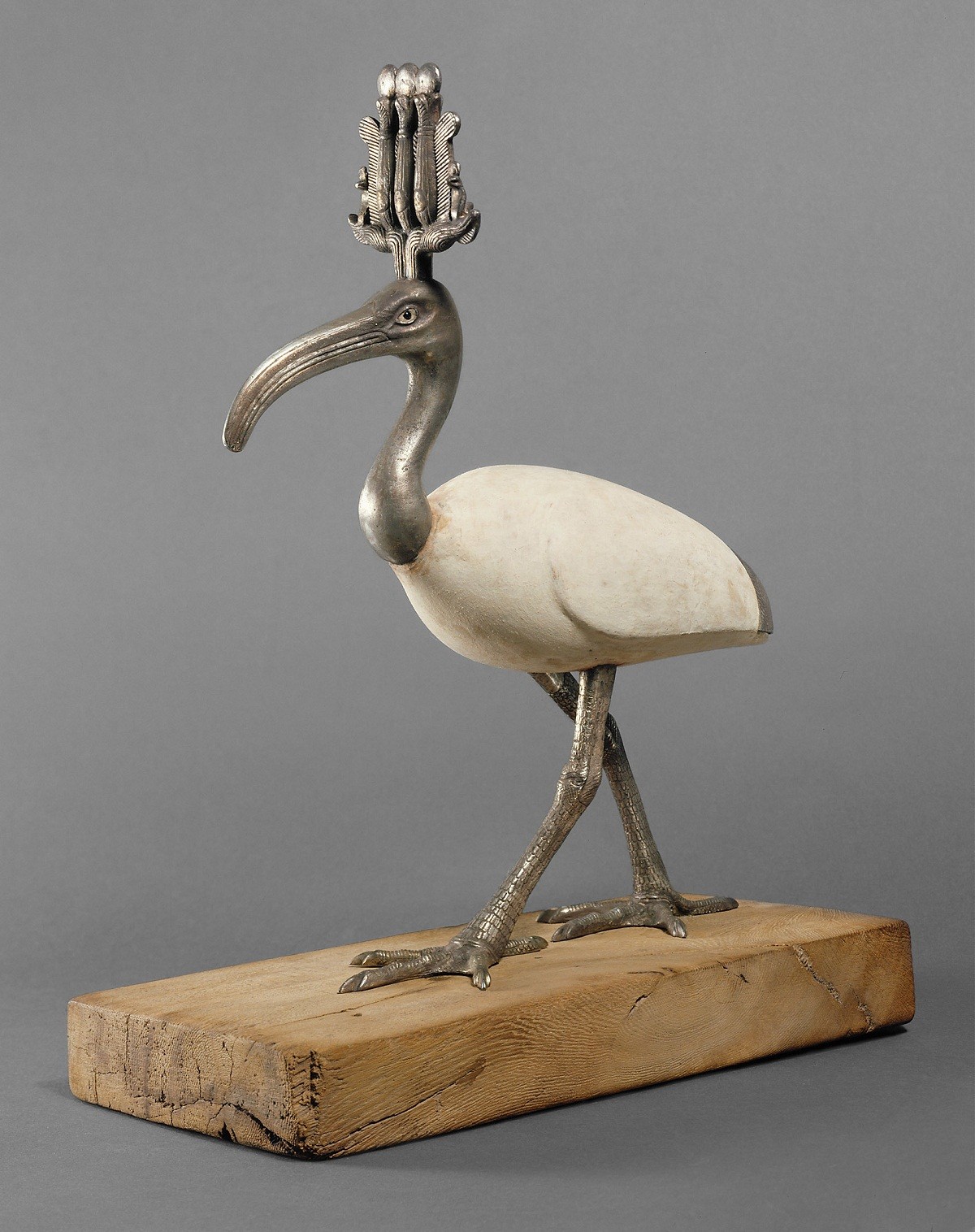
According to ancient inscriptions, Egyptians put a special law for ibis. Whoever misbehaves with that bird shall face death penalty. Veneration of ibis has begun since early dynasty period, until the Roman era. It was a symbol of god Jehuti, known as Thoth, god of moon, wisdom, and medicine. It is the master of the Sacred Word, and to whom the invention of writing is attributed.
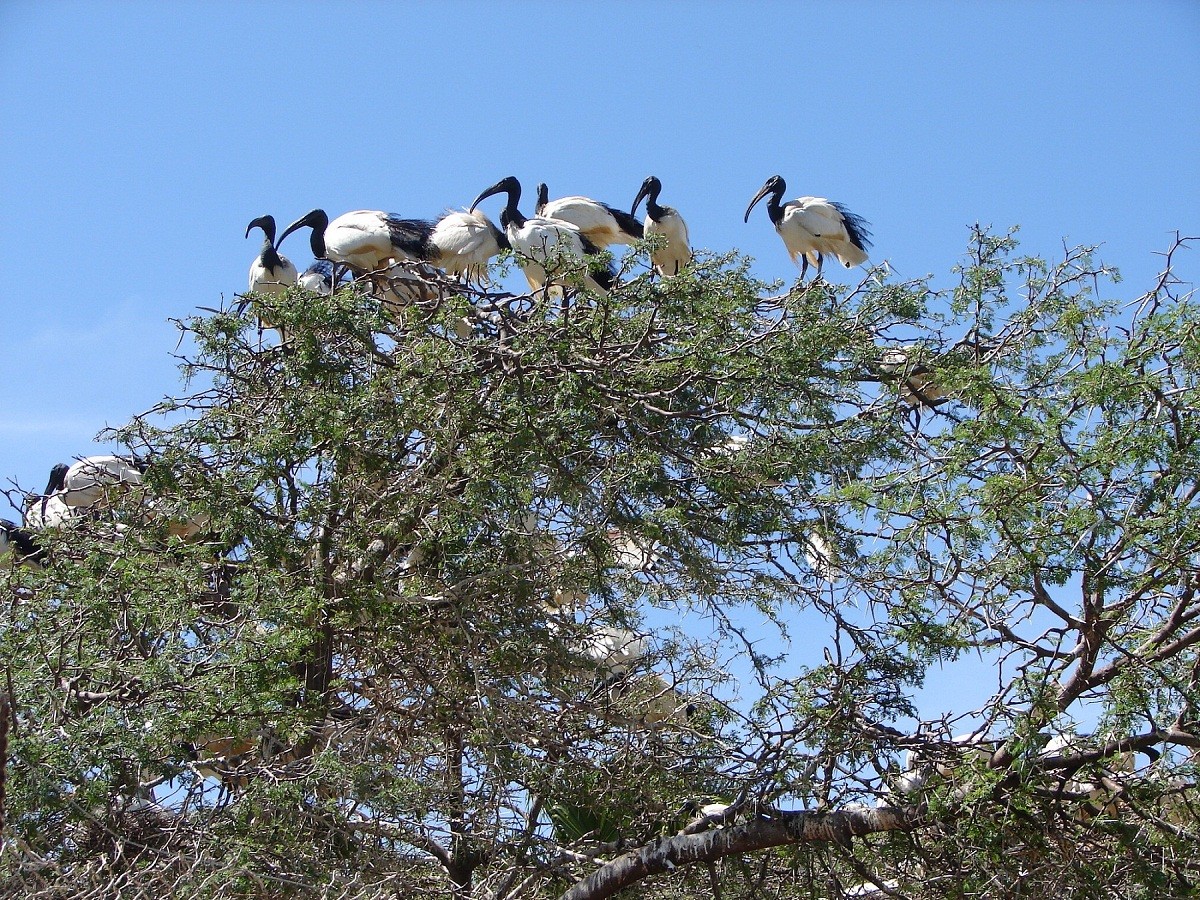
The importance of ibis in the Old Kingdom of Egypt is evidenced via the Pyramid texts, where its links to the deity of the sun, Ra, were mentioned. Ibis was described as one of the two companions of Ra on his journey through heaven. Ra was crossing a divine river on the wing of Thoth, the ibis.
Ibis appeared in the scenes of the divine trial in the Book of the Dead. He appeared before the balance, which weighed the heart of the deceased, and recorded the results, giving Thoth traits of justice and integrity.
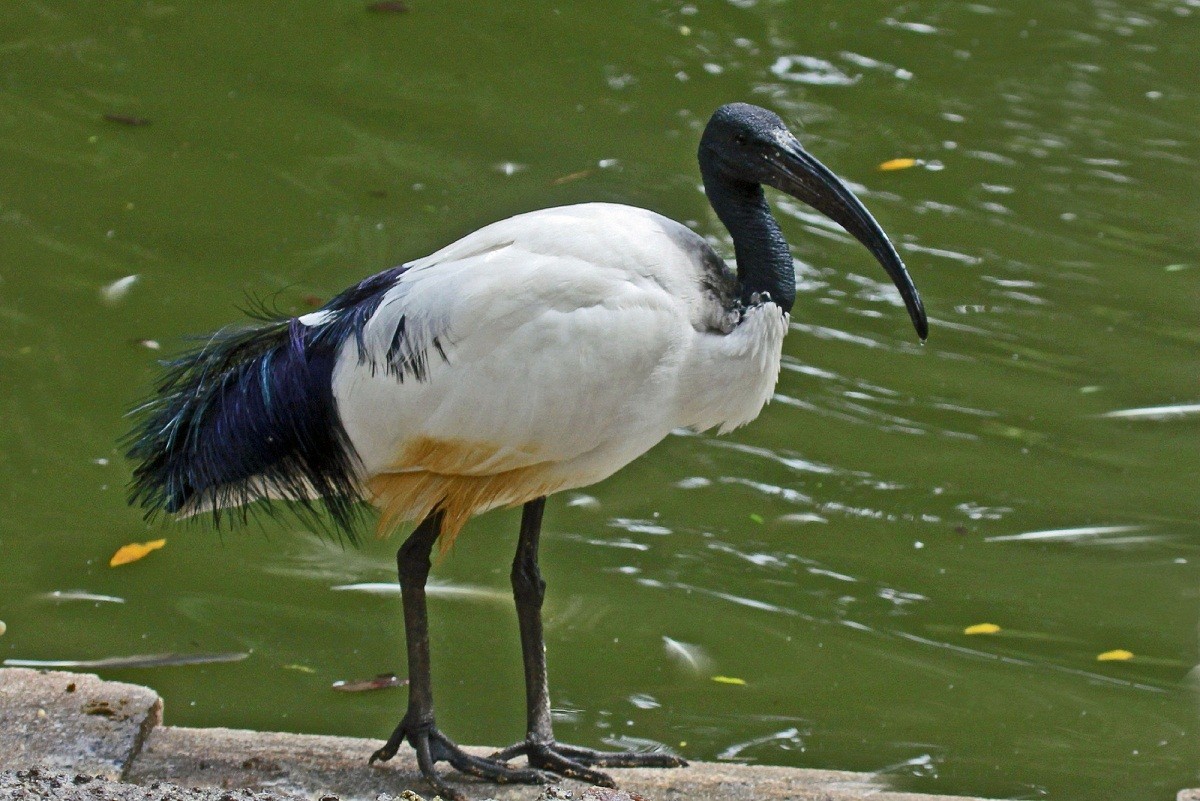
Traditionally, Turks believed that those birds bore the spirits of the ancestors, so they were keen on protecting them from disturbance. However, in Europe, in the Middle Ages, it was a favorite dish for the upper classes, and thus was protected.
Ibis is a medium-sized bird, and belongs to the family Threskiornithidae. Its length is 70-80 centimeters, wingspan is 120 -135 centimeters, and weight is 1050-1,300 grams. Ibis breeds in Sub-Saharan Africa and southeastern Iraq. It also inhabits France, Italy, Spain, and the United States. Although it was sacred by the Egyptians, it vanished completely from the Nile Valley.
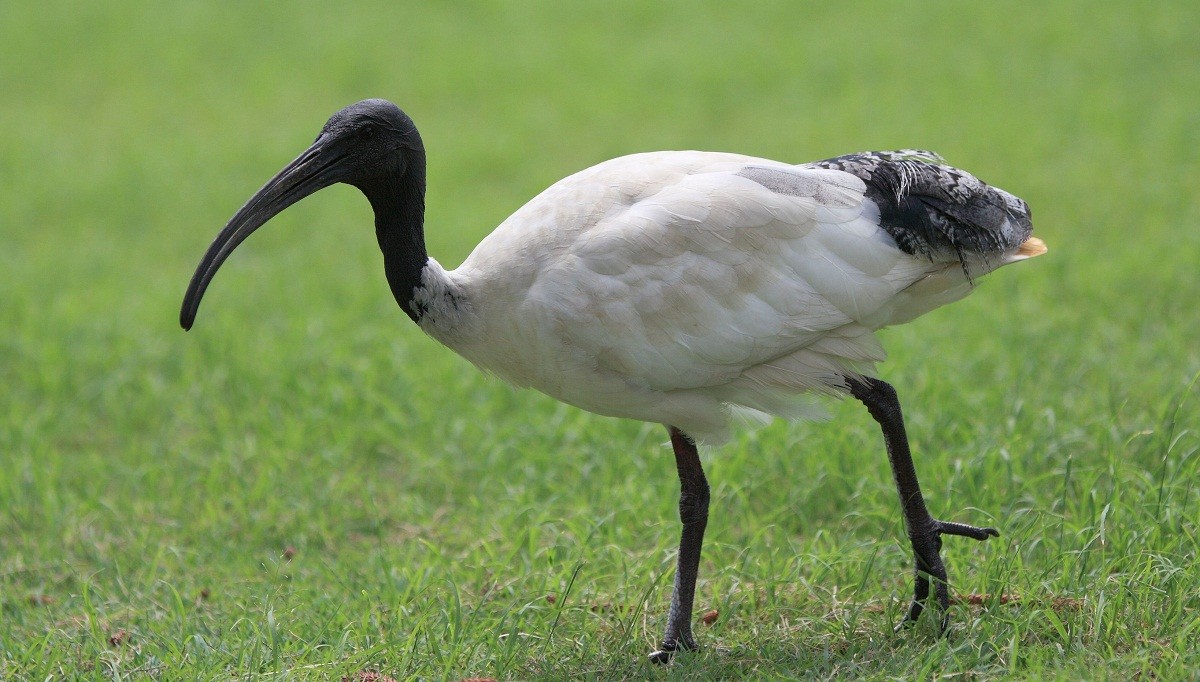
The bald head and neck with all-white body plumage apart from dark plumes on the rump, as well as its bill and legs, are the most prominent features. It is usually called "hermit bird" because of preferring isolated areas and its overwhelming calm. It is usually silent, but occasionally makes some croaking noises.
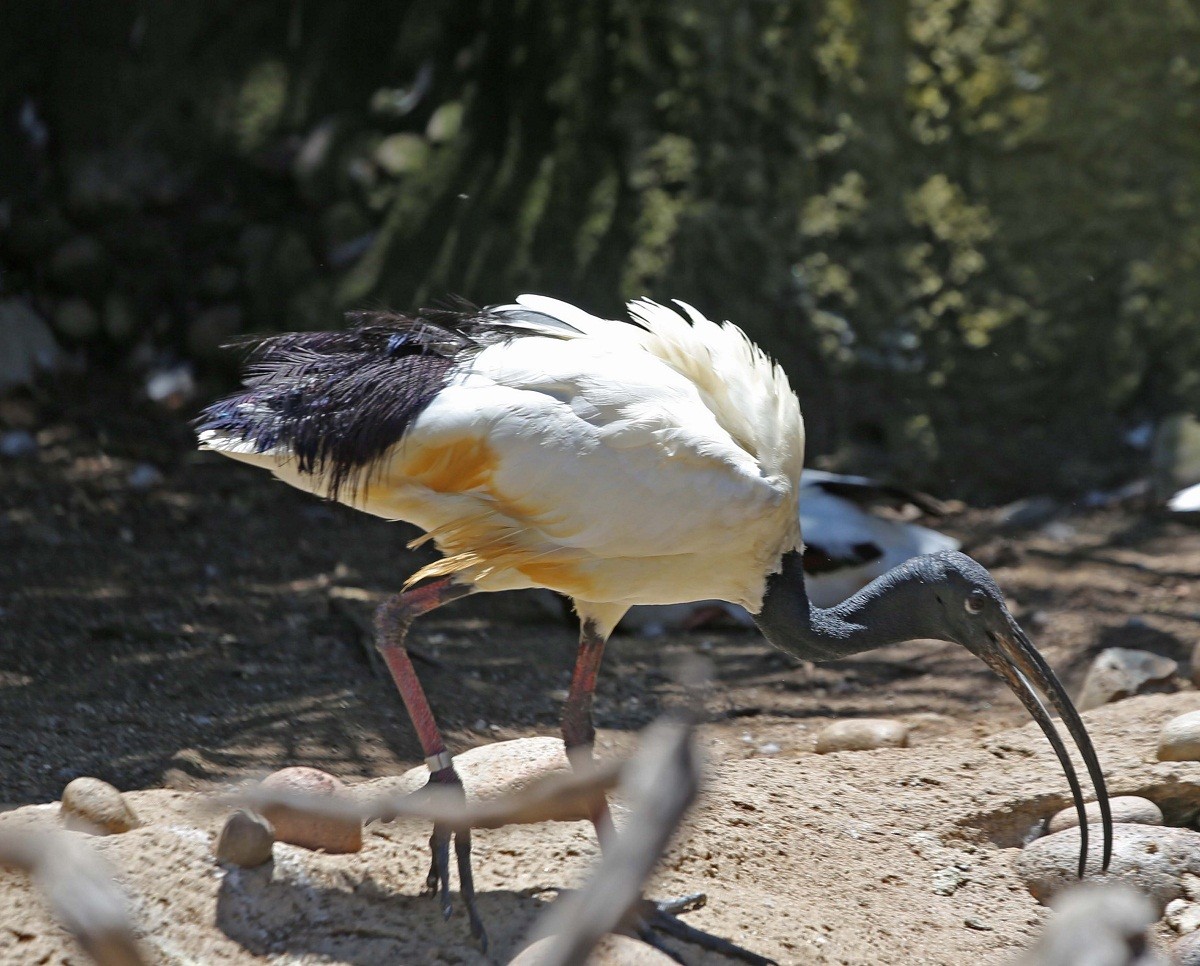
Ibis feeds on insects, invertebrates, fish, frogs, small mammals, reptiles, and small birds. It can also rely on carrion. It usually lives in wetlands and shallow marshes, both inland and on the coast, to get earthworms. Despite its isolation, sacred ibis may nest near some birds, especially pelecaniformes, such as herons, as he makes his nests of sticks scattered in the nearby wild.

A male ibis is sexually mature at the age of 12 months. Females lay 2-5 eggs per season, incubated by both parents for 21–29 days. After hatching, one parent continuously stays at the nest for the first 7-days. After 48 days, the young leave their parents. Sacred ibis is a type that lives for long periods, up to 30 years.

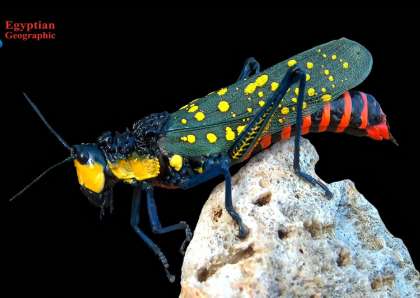
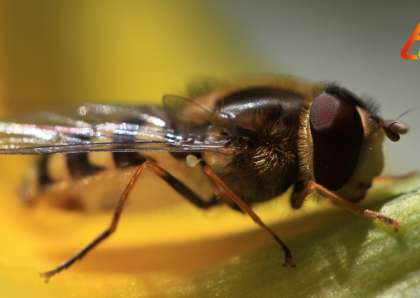
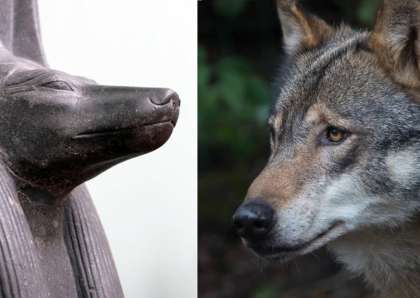


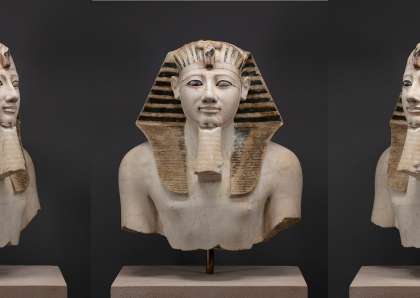


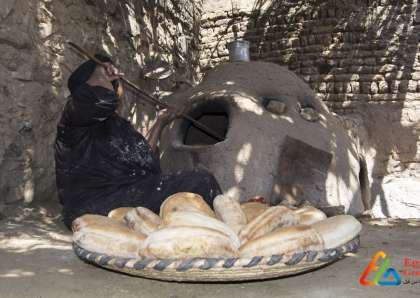

















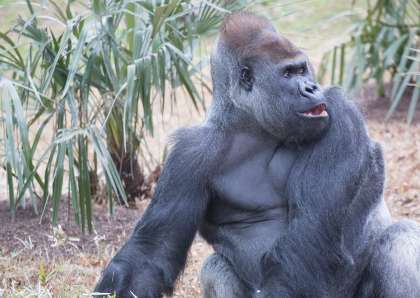
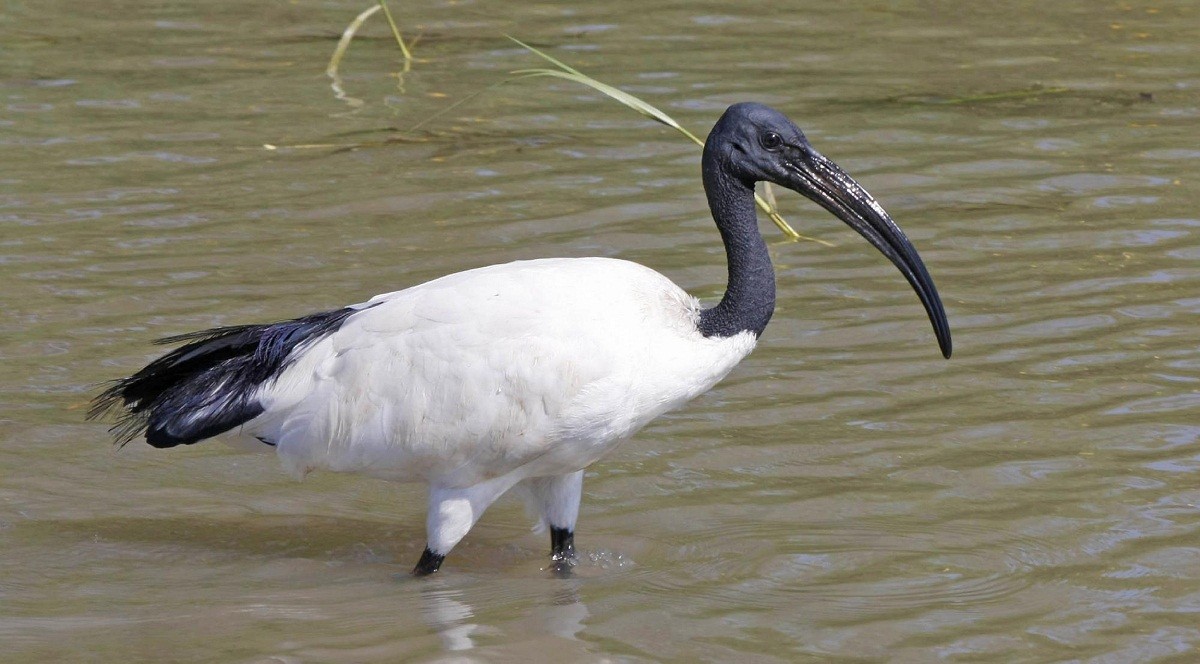






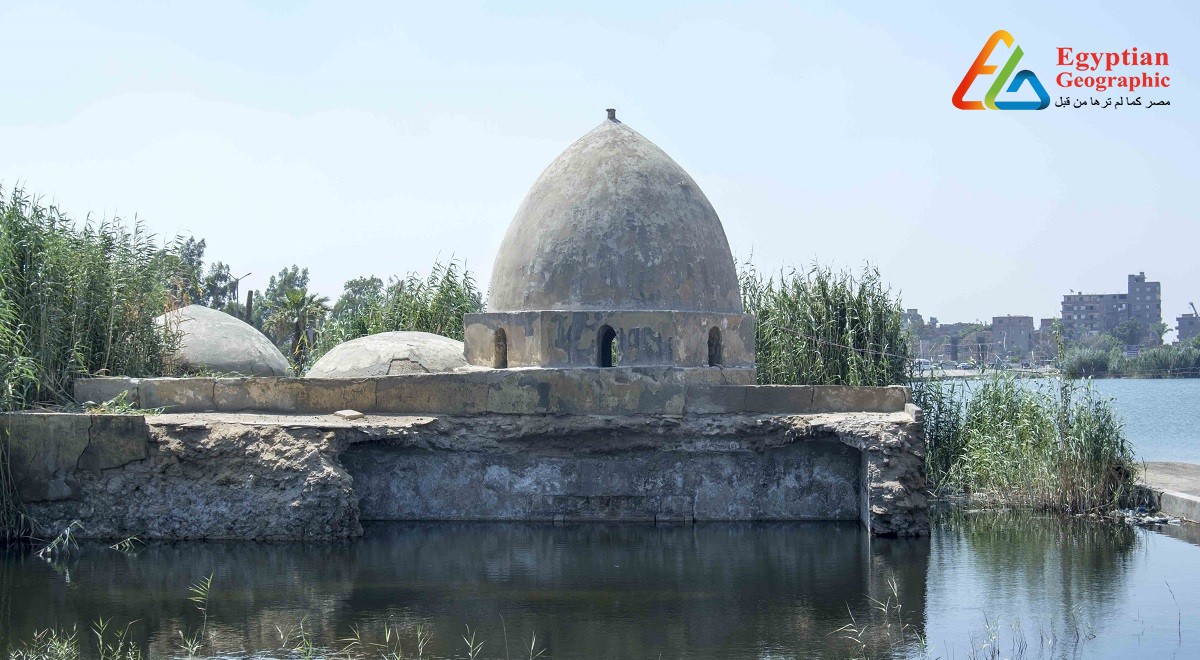

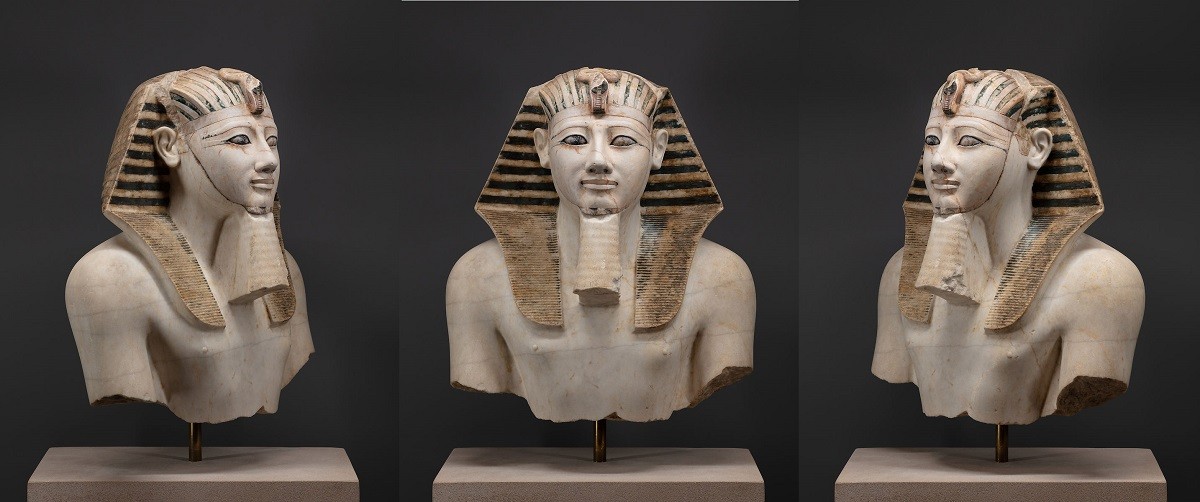







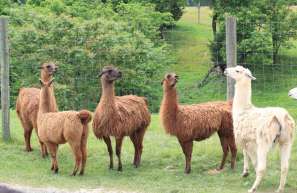





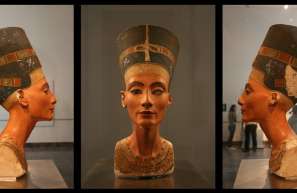

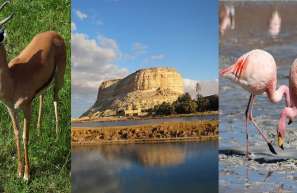
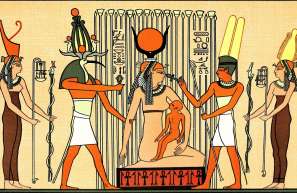










Egyptian Site & magazine